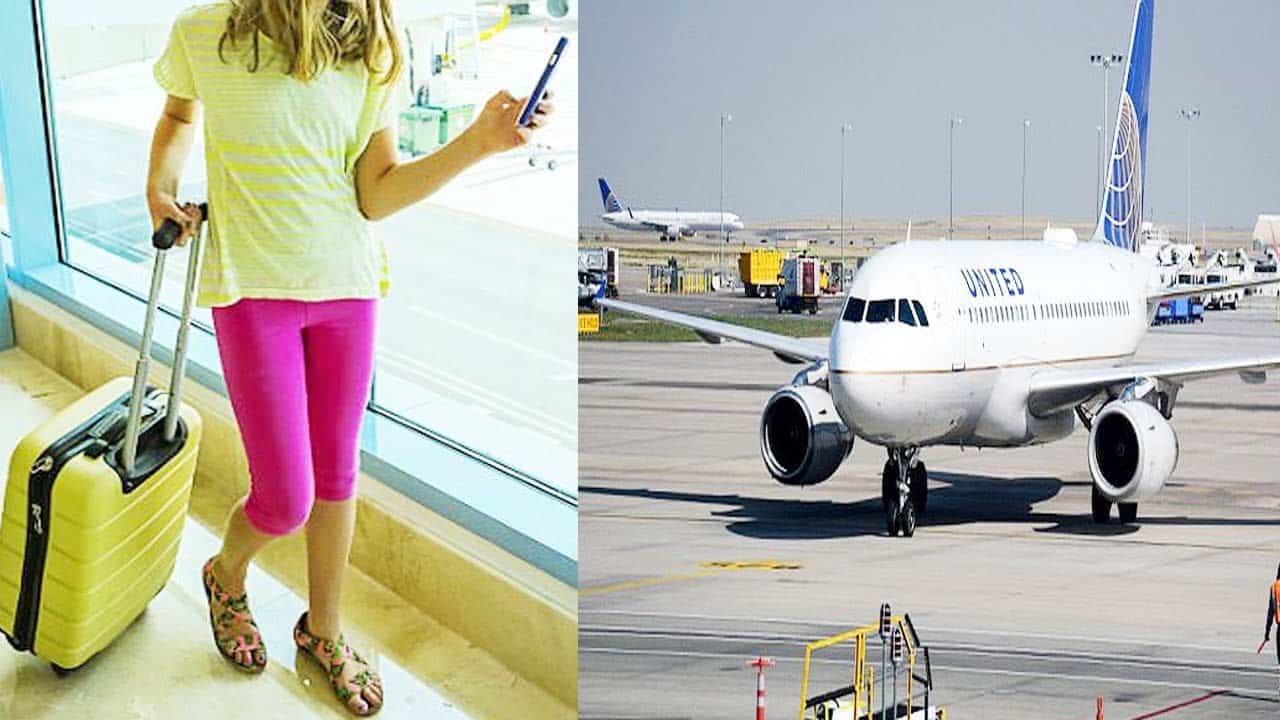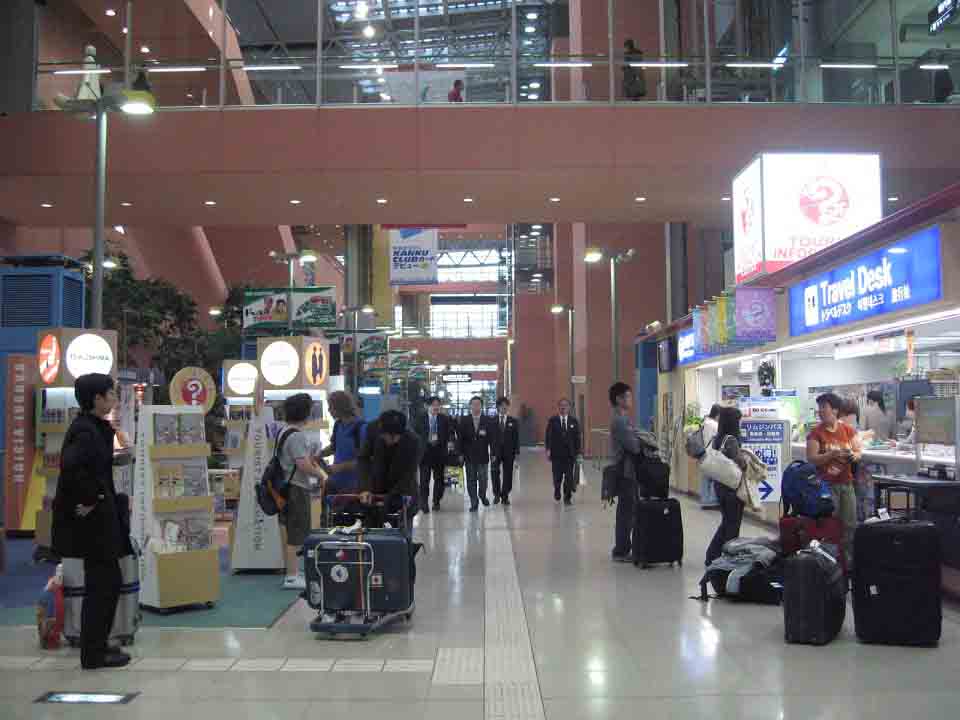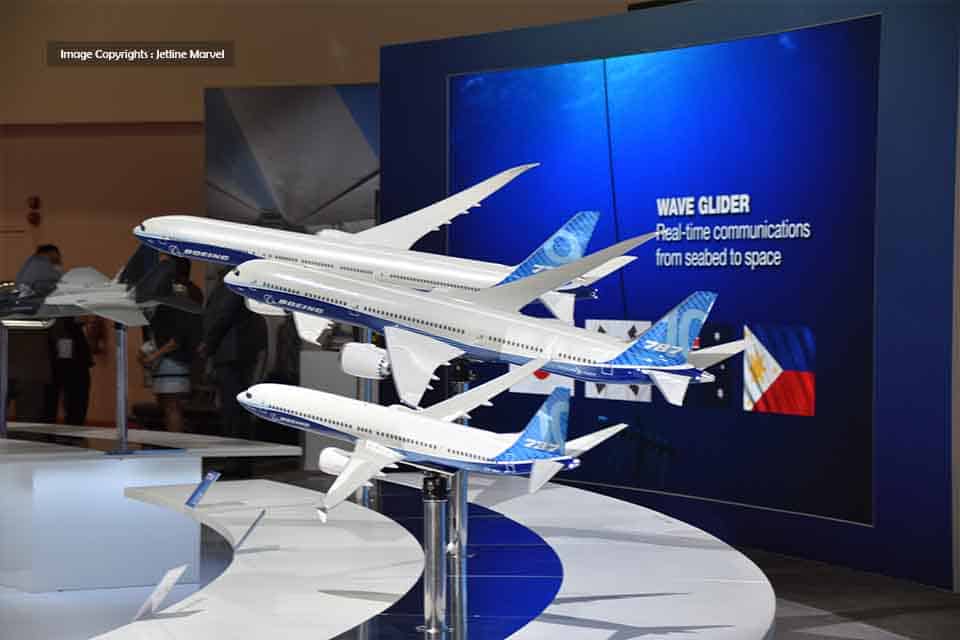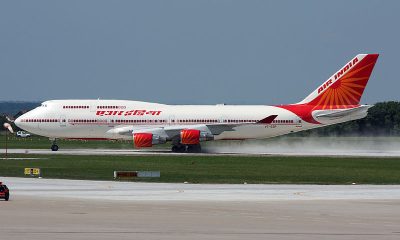Airport
United Airlines bars teenage girls in leggings from flight

According Reuters report . Two teenage girls wearing leggings were barred from boarding a United Airlines flight on Sunday because they did not meet a dress code for special pass travelers, a company spokesman said amid a furor on social media.
The two girls, who were traveling with a companion, would not have been turned away for wearing leggings had they been paying customers, United spokesman Jonathan Guerin said as the airline responded to the backlash.
“(The two girls) were instructed that they couldn’t board until they corrected their outfit. They were fine with it and completely understood,” Guerin said, adding that all three passengers missed the flight. He did not know if they had boarded a later plane or made alternate travel arrangements.
Airbus delivers its first aircraft produced in the USA.(Opens in a new browser tab)
Though the three passengers did not complain about their treatment, another traveler, Shannon Watts, who overheard the discussion touched off a firestorm on social media with a series of tweets describing a policy she suggested was unfairly targeting women and girls.
“This behavior is sexist and sexualizes young girls,” Watts said on Twitter. “Not to mention that the families were mortified and inconvenienced.”
United pass travelers are typically company employees or their friends or family members.
Watts’ tweets and United’s defense of it touched a raw nerve for many women and girls who have made leggings a staple in their wardrobes.
The popularity of leggings has sparked criticism that they are inappropriate attire under certain circumstances. Some schools have barred girls from wearing them to class.
Social media lit up with outrage against the policy and the airline for its response to the initial outcry. Celebrities chimed in with humorous protests.
“I have flown united before with literally no pants on. Just a top as a dress. Next time I will wear only jeans and a top,” model Chrissy Teigen tweeted.
United later put out a statement titled: “To our customers … Your leggings are welcome!” that explained the policy for passholders in greater detail.
That policy also bars midriff-baring tops, attire that reveals undergarments or is designated as sleepwear or swimwear, mini-skirts, shorts that fall less than 3 inches above the knee or dirty or torn clothing.
Guerin conceded that the airline, in its initial response to the flap, could have done a better job of explaining the situation and countering apparently inaccurate information about the incident that appeared on Twitter.
“We’ll definitely take something away from today, but we’ll continue to engage with our customers (on social media),” he said.

Airport
This airport maintains a 30-year record of no lost luggage

Step into world of seamless travel, where every journey begins and ends with peace of mind. For three decades, this airport has upheld a remarkable record: not a single piece of luggage lost.
In the fast-paced world of air travel, where delays and mishaps can cause frustration and inconvenience, Kansai Airport in Japan stands out as a beacon of efficiency and reliability.
Recently crowned the best airport for baggage handling in the prestigious 2024 Skytrax World Airport Awards, Kansai Airport has achieved a remarkable feat – maintaining a flawless record of zero lost luggage since its inauguration in 1994.
Kansai Airport’s baggage handling operations can be attributed to its meticulous and streamlined processes. Upon the arrival of a flight, luggage is swiftly sorted in the airport’s state-of-the-art sorting room. Each piece is then carefully placed on the conveyor belt in the precise order dictated by luggage tags.
Crucially, airport staff meticulously check each item to ensure nothing is left behind in the transport box. Remarkably, this entire process is completed within a mere 12 minutes of the plane touching down.
In addition to its remarkable efficiency, Kansai Airport prides itself on its commitment to innovation and continuous improvement. By leveraging cutting-edge technology and implementing best practices in baggage handling, the airport has consistently raised the bar for industry standards.
While Singapore Changi Airport and Bahrain International Airport secured second and third place, respectively, demonstrating their own commitment to excellence in customer service. Taiwan Taoyuan International Airport, ranked eighth in the survey, further highlights the Asian region’s dominance in providing exceptional baggage handling services.
Airport
Dubai Initiates ‘World’s Largest’ Airport Terminal Project

Dubai, known for its audacious projects and visionary ambitions, has set its sights on yet another groundbreaking endeavor.
On a Sunday announcement, the Gulf emirate revealed the commencement of construction on a colossal new terminal at Al Maktoum International Airport. With an estimated cost soaring close to $35 billion, this undertaking signals Dubai’s unwavering commitment to spearheading innovation and redefining the global aviation landscape.
The visionary behind this monumental project, His Highness, proclaimed that this future hub will surpass all precedents, becoming “the world’s largest” airport. Envisioned to dwarf the current Dubai International Airport by fivefold, it will boast a staggering 400 aircraft gates and feature a constellation of five parallel runways.
But more than just sheer size, the new terminal will serve as a crucible for pioneering aviation technologies, heralding a new era of efficiency and connectivity in air transport. Dubai’s ambitions extend beyond mere infrastructure.
As His Highness elaborated, the airport will catalyze the emergence of an entire city, a bustling metropolis in Dubai South. Anticipated to accommodate housing for a million residents, this urban nexus will magnetize leading companies in logistics and air transport, cementing Dubai’s status as a global economic powerhouse.
The master plan for the Airport of the Future unfolds across an expansive canvas, spanning a sprawling area of 70 square kilometers. With an ultimate capacity surpassing 260 million passengers and 12 million tonnes of cargo per annum, it charts a trajectory for sustained growth and prosperity in Dubai’s aviation sector over the next four decades.
This visionary project is not just a testament to Dubai’s ambition; it is a cornerstone of its economic agenda. Integral to Dubai’s economic fabric, the new airport will fuel job creation and residential demand, with projections estimating requirements for over a million individuals living and working in Dubai South.
Aerospace
India is set to build a central command for the Air Traffic Control system, called ISHAN

India’s air traffic growth has led to increased responsibilities for air traffic control. The Airports Authority of India (AAI) is considering centralizing air traffic control for aircraft, dividing the country into four regions. The goal is to consolidate India’s segmented airspace into a single entity to improve air traffic management (ATM) efficiency, safety, and smoothness.
Recently, the AAI invited expressions of interest to develop a detailed project report for the Indian Single Sky Harmonized Air Traffic Management (ISHAN) initiative in Nagpur. Under this plan, air traffic controllers in Nagpur would handle domestic flights flying above 25,000 feet, eliminating the need for coordination among controllers in different regions.
For domestic regional flights operating above 25,000 feet, control would shift to the central command in Nagpur. This consolidation aims to enhance airline operations, increase flight handling capacity, and reduce congestion and flight times for passengers.
Currently, the AAI provides ATM services over Indian airspace and adjoining oceanic areas, covering over 2.8 million square nautical miles. This airspace is divided into four flight information regions (FIRs) in Delhi, Mumbai, Kolkata, and Chennai, along with a sub-FIR in Guwahati.
FIRs are responsible for providing air traffic services, including weather information, visibility, and search and rescue assistance. The proposed unification under the ISHAN initiative aligns with the projected growth of the aviation industry, which anticipates a doubling of domestic passenger traffic by 2030.






















